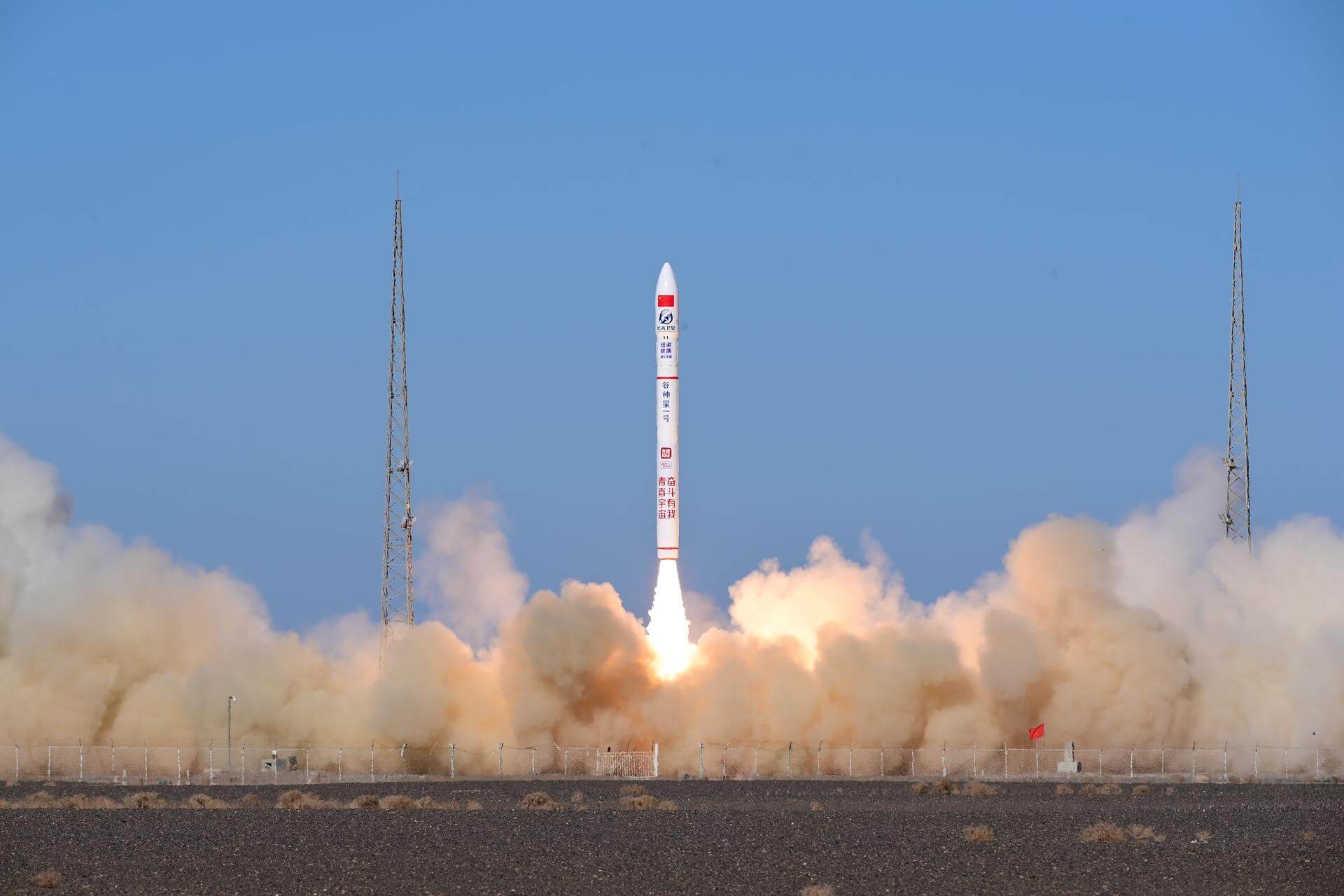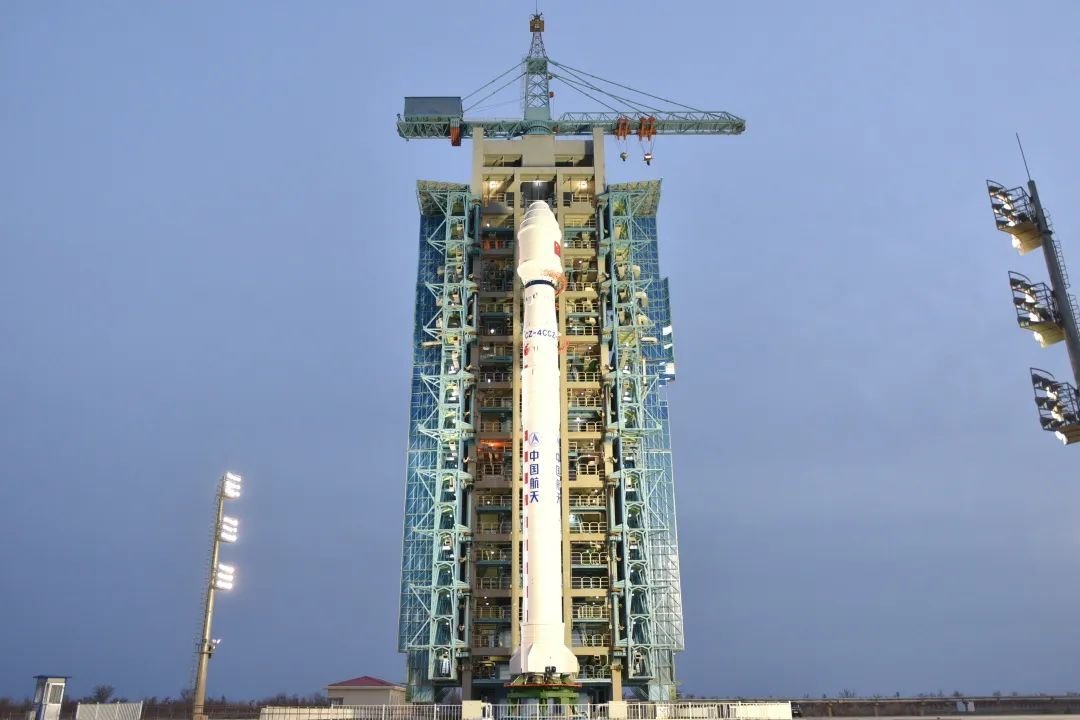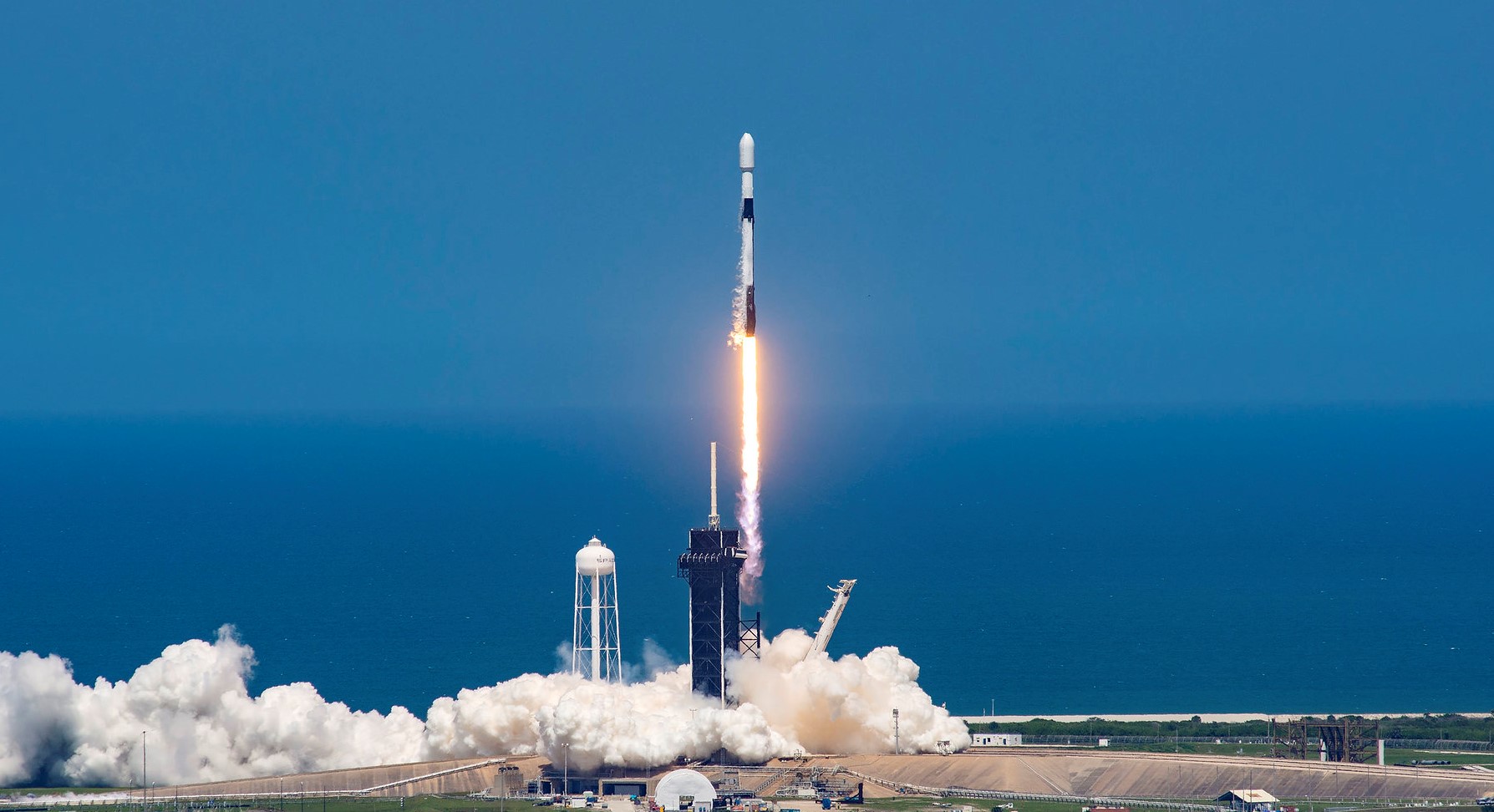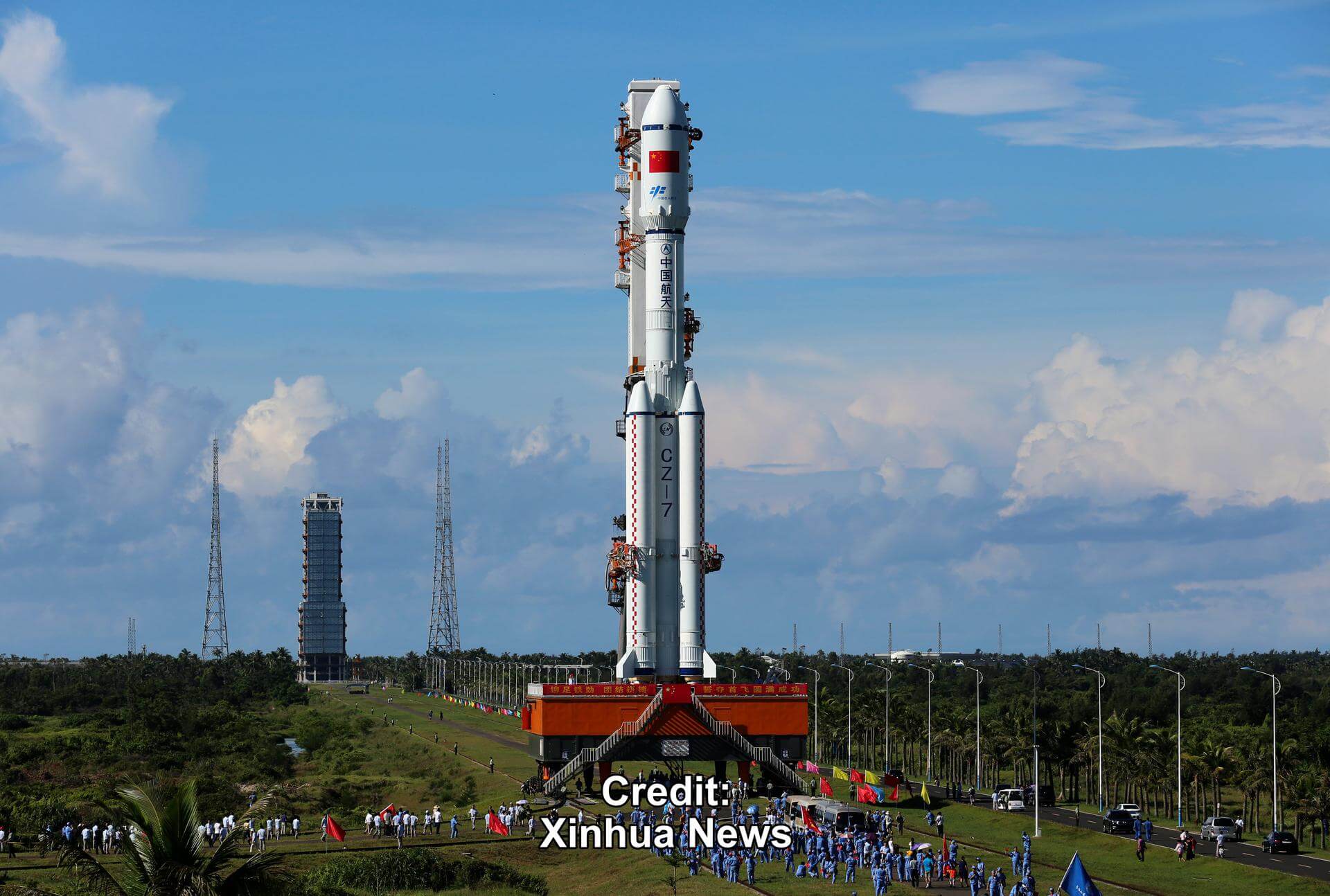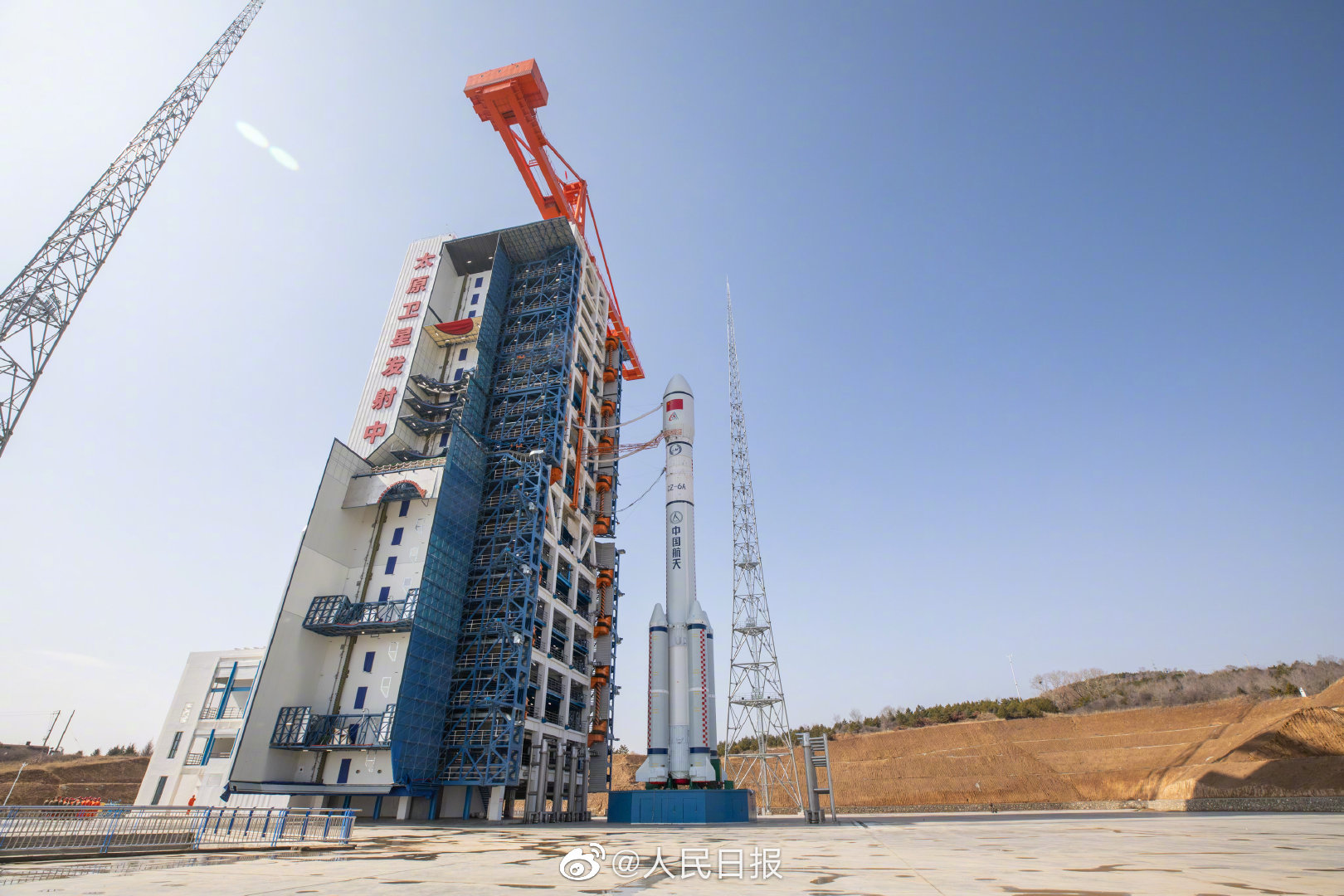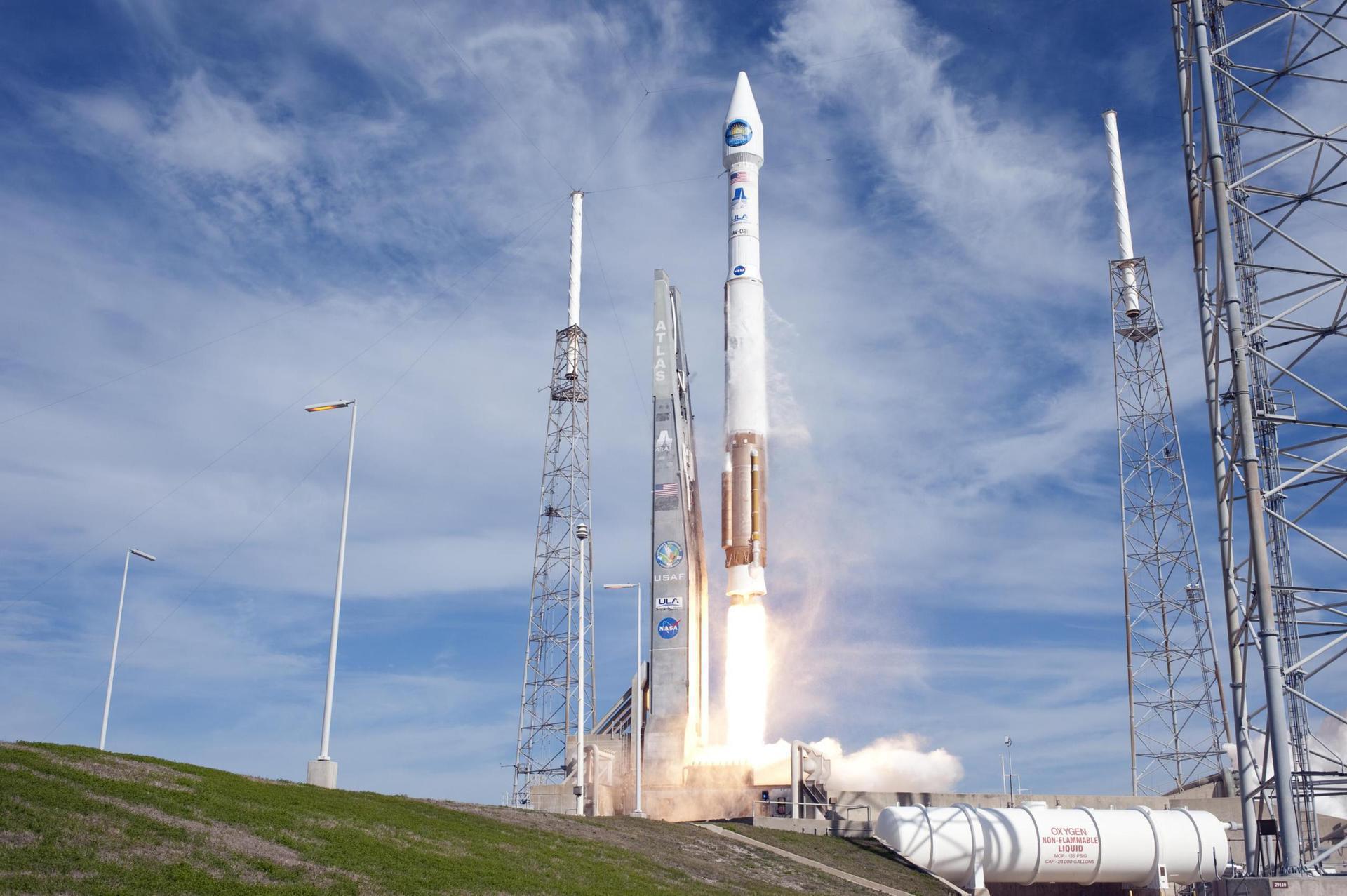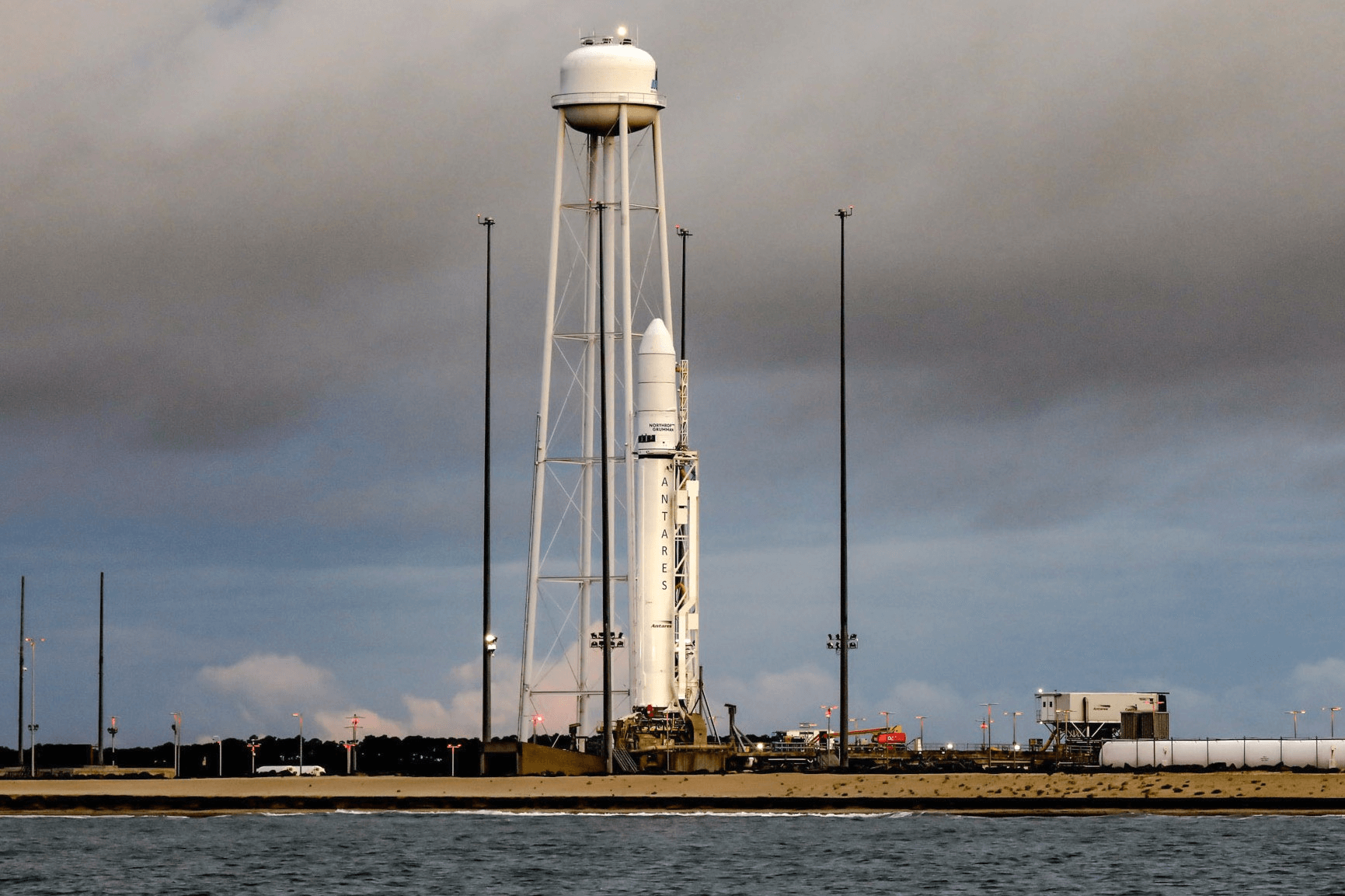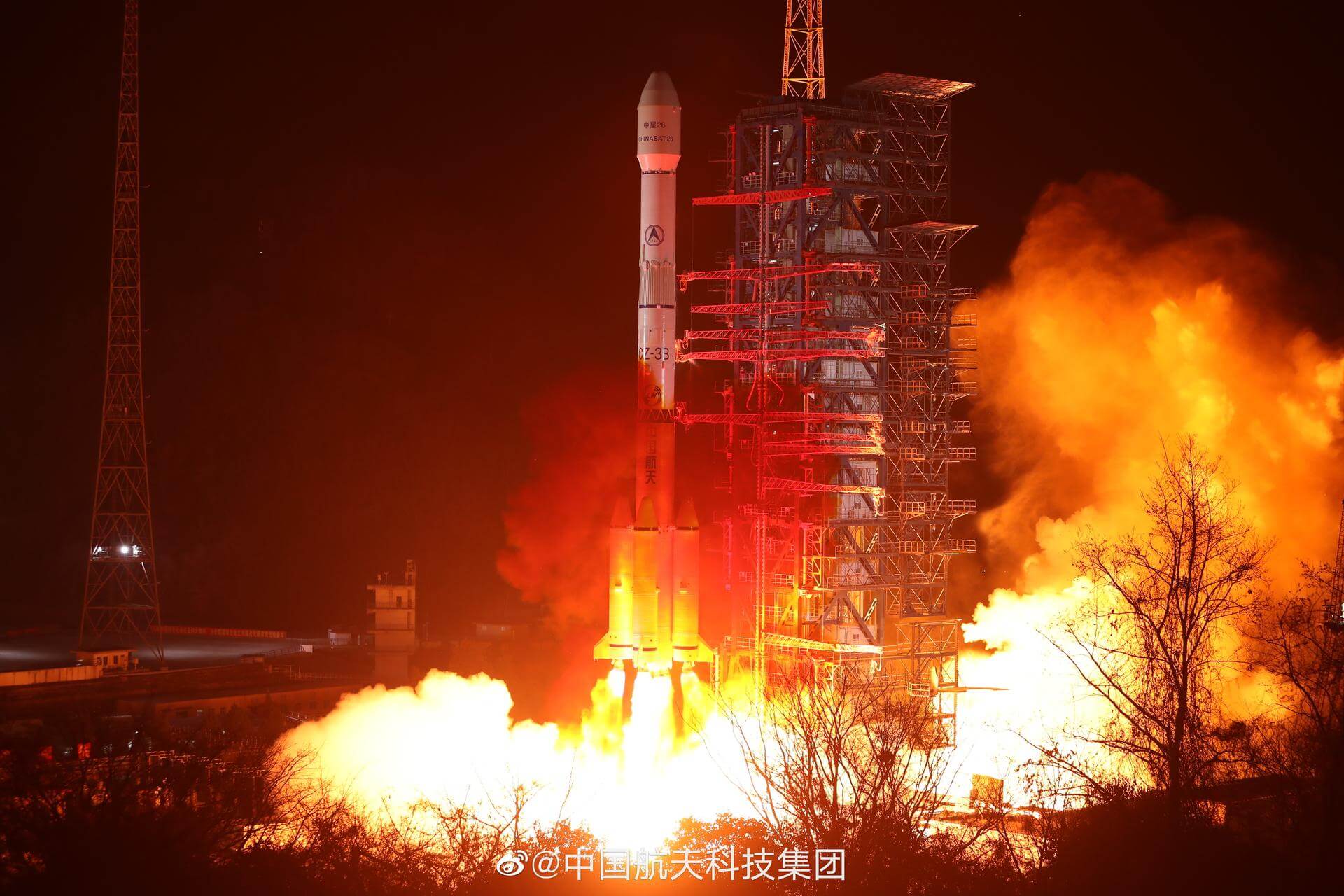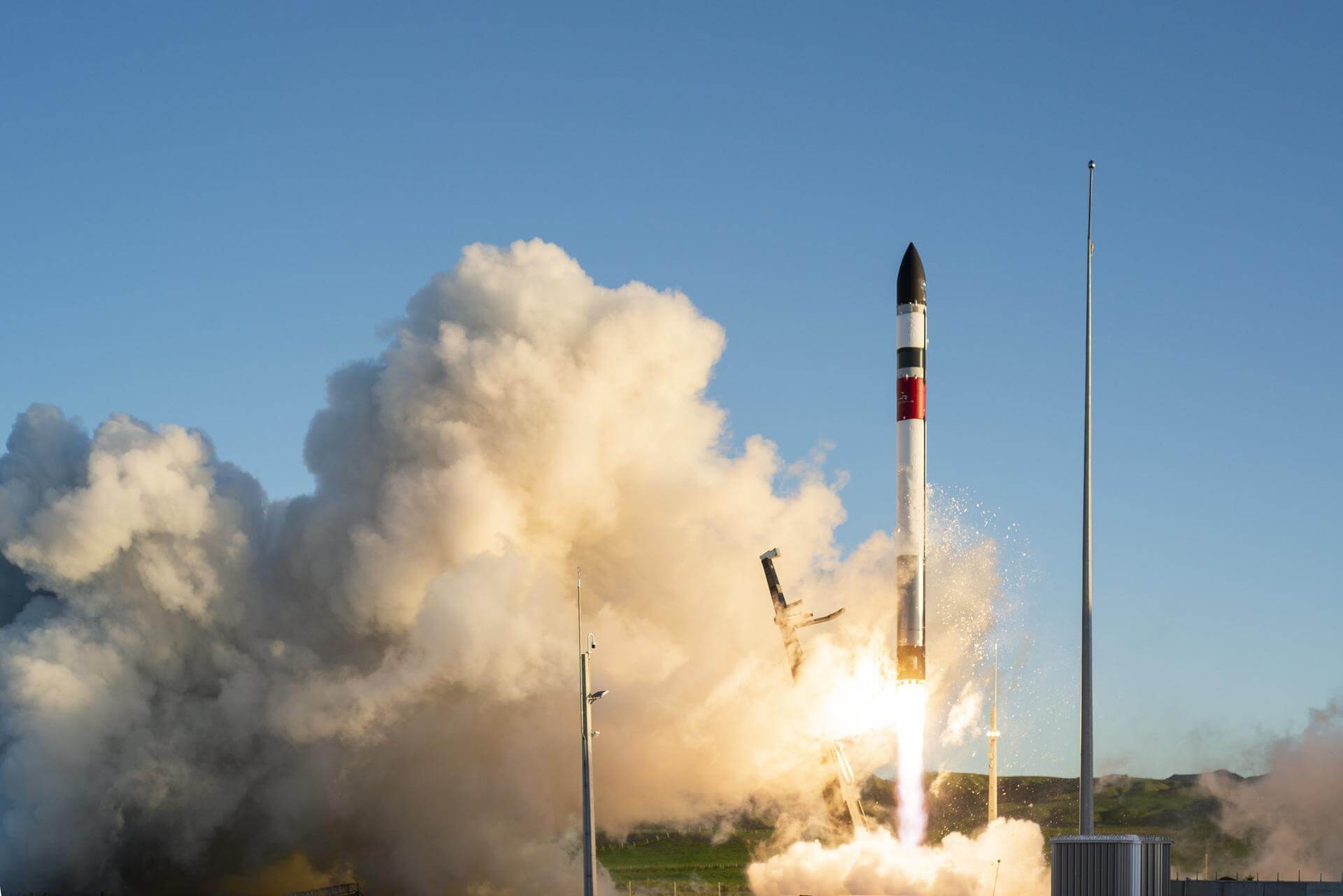Previous Spaceflight Launches
Filter by Agency, Locations or Vehicles
Show All LaunchesCeres-1 | Jilin-1 High Resolution 03D-08, 51 to 54
Galactic Energy | ChinaJiuquan Satellite Launch Center, People's Republic of China
Nov. 16, 2022, 6:20 a.m.
Long March 4C | Yaogan 34-03
China Aerospace Science and Technology Corporation | ChinaJiuquan Satellite Launch Center, People's Republic of China
Nov. 15, 2022, 1:38 a.m.
Falcon 9 Block 5 | Galaxy 31 & 32
SpaceX | United States of AmericaCape Canaveral SFS, FL, USA
Nov. 12, 2022, 4:06 p.m.
Long March 7 | Tianzhou-5
China Aerospace Science and Technology Corporation | ChinaWenchang Space Launch Site, People's Republic of China
Nov. 12, 2022, 2:03 a.m.
Long March 6A | Yunhai 3
China Aerospace Science and Technology Corporation | ChinaTaiyuan Satellite Launch Center, People's Republic of China
Nov. 11, 2022, 10:52 p.m.
Atlas V 401 | JPSS 2 (Joint Polar Satellite System spacecraft No. 2) & LOFTID
United Launch Alliance | United States of AmericaVandenberg SFB, CA, USA
Nov. 10, 2022, 9:49 a.m.
Status: Launch Successful
Mission:
JPSS is a collaborative program between NOAA and NASA. JPSS-2 is one of five satellites that will comprise the JPSS constellation. These spacecraft gather global measurements of atmospheric, terrestrial and oceanic conditions, including sea and land surface temperatures, vegetation, clouds, rainfall, snow and ice cover, fire locations and smoke plumes, atmospheric temperature, water vapor and ozone. LOFTID is a tech demo for the inflatable heatshield technology. It will attempt to survive a reentry from orbit after JPSS 2 is separated. This test will validate the technology for various applications, such as landing large payloads on Mars and engine reuse on ULA’s Vulcan rocket.
Sun-Synchronous OrbitAntares 230+ | Cygnus CRS-2 NG-18 (S.S. Sally Ride)
Northrop Grumman Space Systems | United States of AmericaWallops Flight Facility, Virginia, USA
Nov. 7, 2022, 10:32 a.m.
Long March 3B | ChinaSat 19
China Aerospace Science and Technology Corporation | ChinaXichang Satellite Launch Center, People's Republic of China
Nov. 5, 2022, 11:50 a.m.
Electron | Catch Me If You Can (MATS)
Rocket Lab | United States of AmericaRocket Lab Launch Complex 1, Mahia Peninsula, New Zealand
Nov. 4, 2022, 5:27 p.m.
Status: Launch Successful
Mission:
The payload is a science research satellite by space systems provider OHB Sweden for the Swedish National Space Agency (SNSA). The Mesospheric Airglow/Aerosol Tomography and Spectroscopy (MATS) satellite is the basis for the SNSA’s science mission to investigate atmospheric waves and better understand how the upper layer of Earth’s atmosphere interacts with wind and weather patterns closer to the ground. MATS was originally due to fly on a Russian launch service before the mission was manifested on Rocket Lab’s Electron.
Sun-Synchronous Orbit 32 - Maiden Flight South PacificFalcon 9 Block 5 | Hotbird 13G
SpaceX | United States of AmericaCape Canaveral SFS, FL, USA
Nov. 3, 2022, 5:22 a.m.
Status: Launch Successful
Mission:
Hotbird 13G is a communications satellite built by Airbus Defense and Space which will provide television broadcast services over Europe, the Middle East, and North Africa for Eutelsat.
Geostationary Transfer Orbit B1067 - Flight Proven ( ) Just Read the Instructions